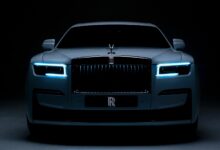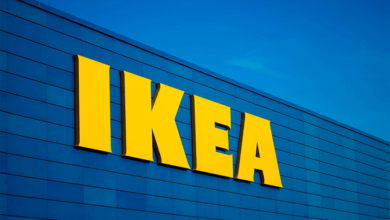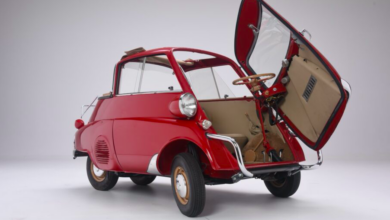How Did Mercedes Become a Brand?

Hello, dear friends! I’m here to share with you a branding success story that is both heartfelt and inspiring. I’ve been wanting to tell you this story for a very long time. The topic of “How Did Mercedes Become a Brand?” was one of the stories that most attracted my attention among the research I have done on branding. Let’s look at the reason together.
The answer to the question of How Did Mercedes Become a Brand dates back to 1902. How did Mercedes, which is still the most preferred even today and has eliminated its competitors in terms of quality, comfort and safety, become so successful? If you’re ready to read article, in which we’ll examine topics like How Did Mercedes Become a brand, let’s get started.
How Did Mercedes Become a Brand? What is the Origin of the Name “Mercedes”?
Numerous businesses were established after the invention of the automobile in the 1880s, and one of these businesses was the Benz/Cie corporation, which was established in 1883. The two partners, Benz and Daimler, chose to incorporate their last names into their brands and committed all of their resources to a single company, despite the fact that they could have lost everything if events hadn’t gone their way.
When examining the term’s definition, it is well known that Mercedes translates into the Spanish word “grace.” Mercedes acted without neglecting the distinctive effect of their name, which is how they eventually became a trusted brand. So, I am providing you with the first response to the query, “How Did Mercedes Become a Brand?”
Another widely spread legend about How Did Mercedes Become a Brand is that Australian industrialist Emil Jellinek chose the name Mercedes because it was the name of his daughter. The father unknowingly provided the most support for the brand’s identity by demanding that the name of his 10-year-old, gorgeous daughter be used in every race.
Businessman Jellinek is highly recognized for his success in business as well as his passion for sports. He was also very forward-thinking. What relation does this have to the question, “How Did Mercedes Become a Brand?” An Australian businessman who combined financial savvy with a love of sports was in exceptional shape at the time of the races. Participation in those competitions under Mercedes’ name…
What Does the Mercedes Logo Really Mean?
The brand Mercedes did not have a logo for a very long period after it was established in September of 1902. Since there hasn’t been a logo for a long time—one of the most important elements in branding—people have wondered: how did Mercedes become a brand if there wasn’t a logo? Let me explain it to you.
One of the factory’s founders, Daimler, writes a letter to his wife, with whom he was madly in love while he was working at an engine factory. In his letter, he talks briefly about How Did Mercedes Become a Brand and the logo, which is one of the most crucial aspects that has been neglected. He sketched a symbol of three stars on the top of his own house on the postcard he sent to his wife, noting that these stars would one day stand for power and achievement.
The three-pointed star symbol was authorized as a trademark logo in 1909. Why three stars then? So that he can represent the ideas of land, water, and air! In this case, I did not want to pass without mentioning Daimler in the question of How Did Mercedes Become a Brand.
The First Thing That Comes to Mind When It Comes to Comfort and Safety-Quality!
Through presenting historical and literary accounts, I hoped to inform you about How Mercedes Became a Brand. So, are they the only ones who made Mercedes what it is today? How Did Mercedes Become a Brand?
My opinion on How Mercedes Became a Brand obviously leans toward perception and innovation. People with good financial standing or those who desire to appear powerful and demonstrate their strength have long preferred Mercedes, and this has been the case for many years. So, why? I mean, How Did Mercedes Become a Brand? Please let me know that what do you think. See you!








